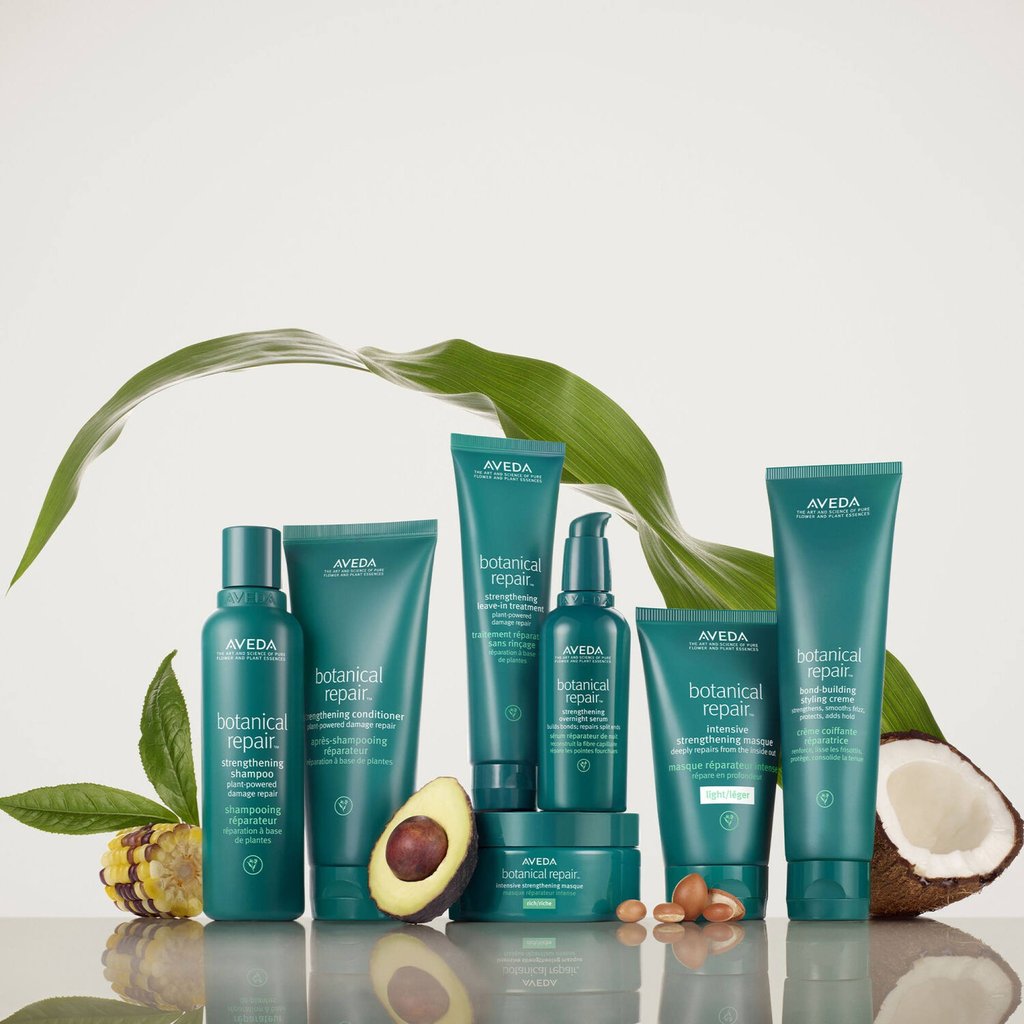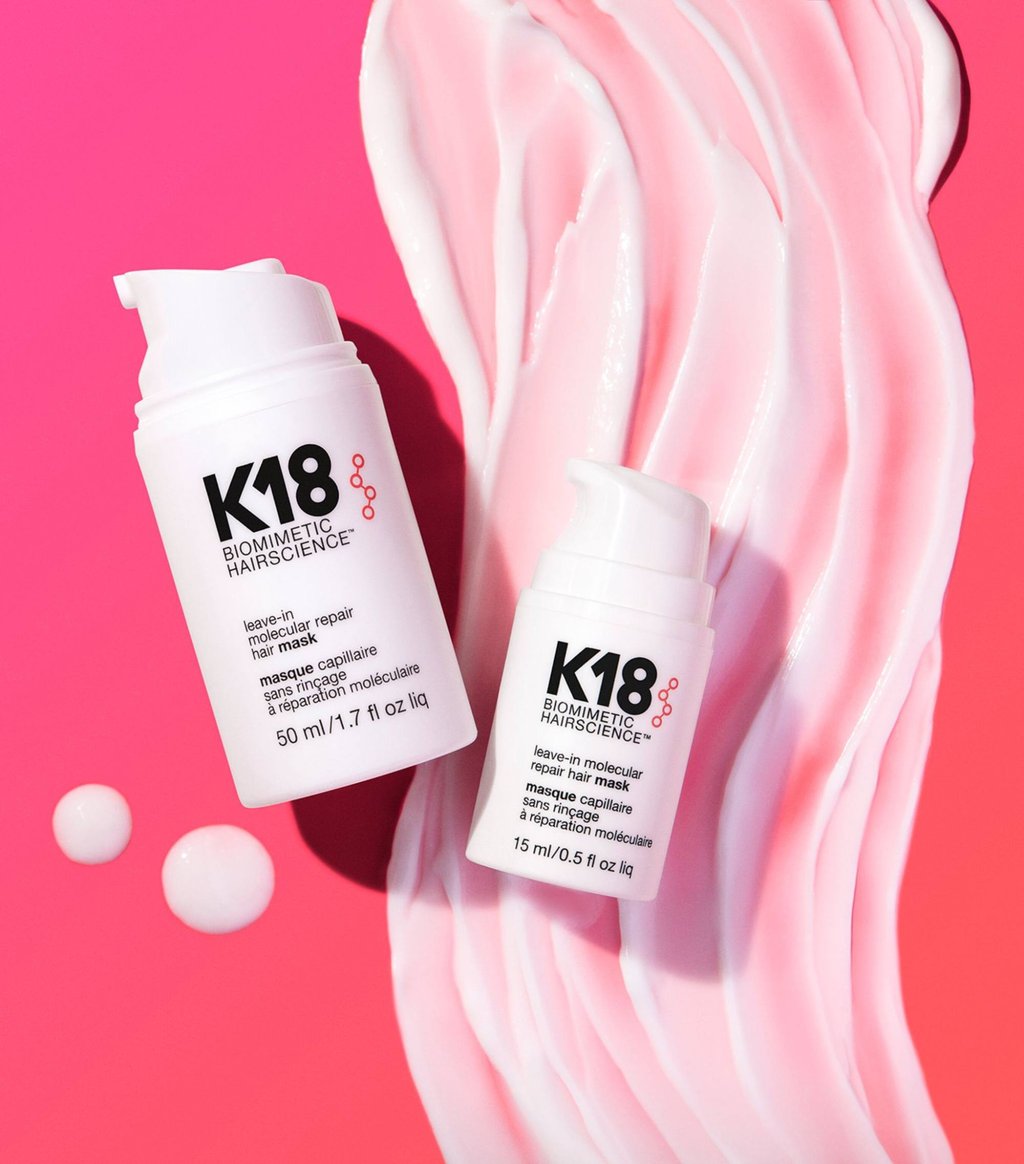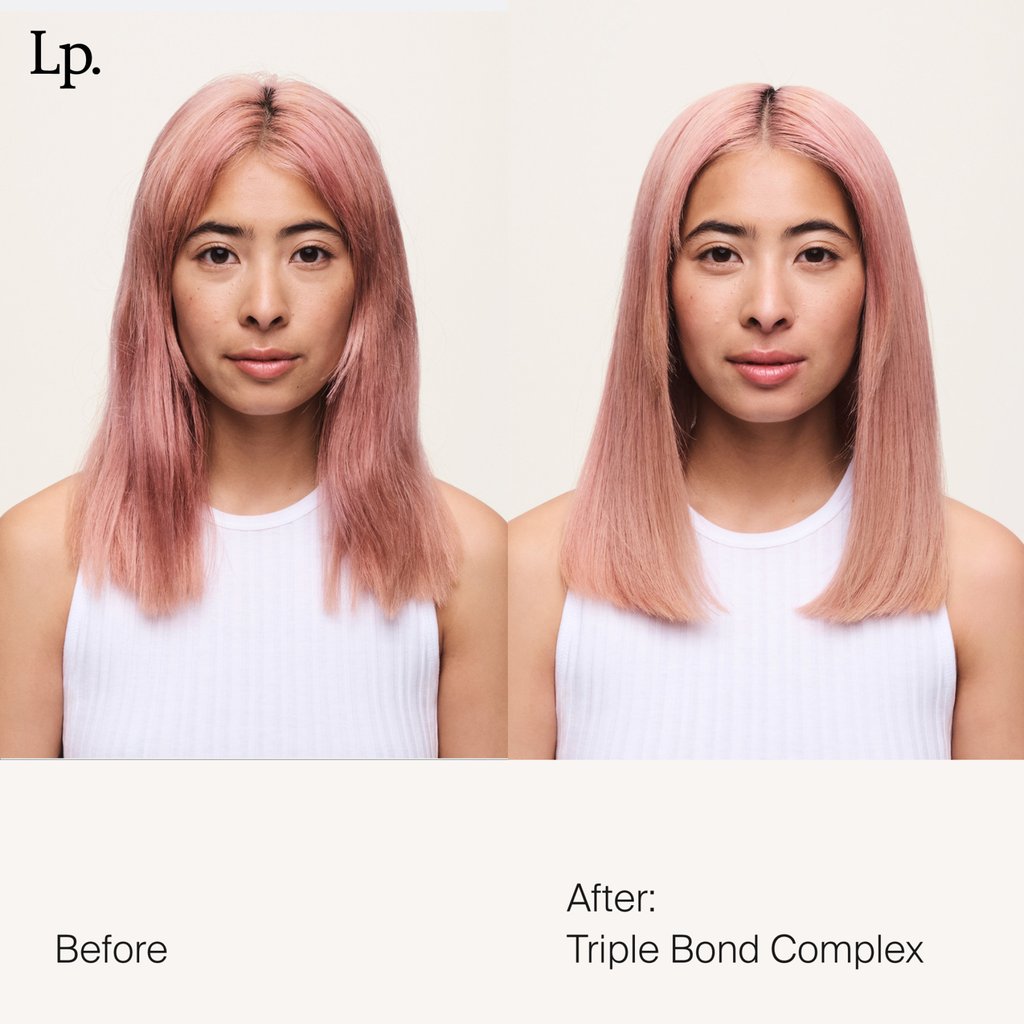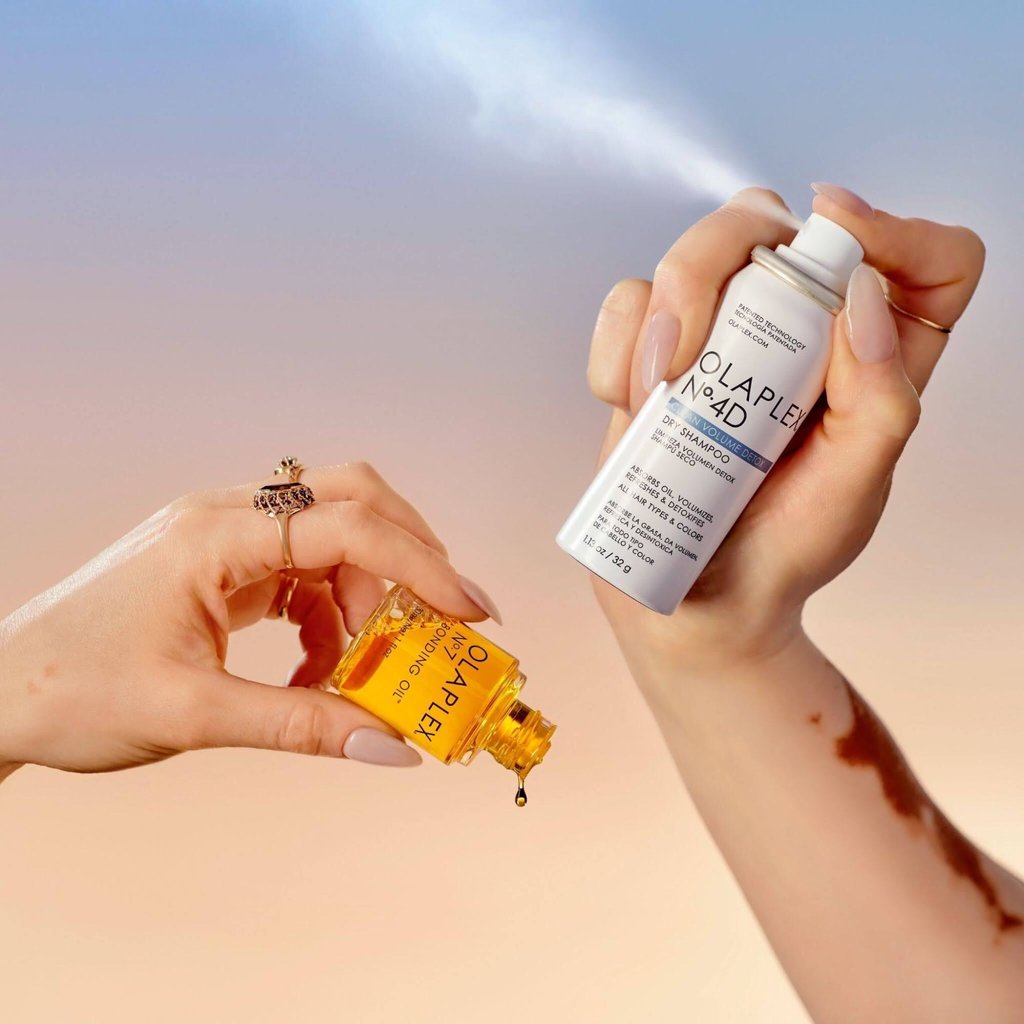Hair repair: what bond-building treatments are, how they work at a molecular level to repair damage, and how to choose the right beauty product with ingredients scientifically proven to work

- Hair care products from Aveda and Living Proof feature special formulas designed to repair and strengthen damaged hair, and help maintain strength and elasticity
- Olaplex boasts a patented molecule, Bis-Aminopropyl Diglycol Dimaleate, while K18 has its own peptide – but buyers beware beauty products that only claim to help build bonds
Initially a service offered by professional stylists, bond-building treatments are now accessible for everyone to use at home. However, amid their rising popularity, experts caution against the influx of products labelled as “bond builders”, warning that not all are as effective as they claim.
Here’s what you need to know.
What are hair bonds?


Disulfide bonds can be broken down by chemical processes like colouring and bleaching, mechanical stress such as brushing and heat styling, and environmental factors including UV exposure and humidity. “Effective bond builders feature active ingredients that act at a molecular level to repair and rebuild these broken bonds, essentially healing the hair from within,” Jones adds.
What are the benefits of bond-building treatments?

Primarily, they repair bonds broken by chemical, thermal and mechanical stress, leading to significant damage repair. With regular use, these treatments contribute to stronger and more resilient hair, enhancing its natural structure and ability to withstand future damage.
What is the science behind bond builders?
